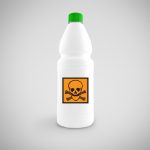Train Your Trainers on How to Develop Effective Training Sessions
In today’s Advisor, we present an exercise from BLR’s Training the Trainer audio presentation. This exercise allows trainees to begin to develop a training session that meets a need at their workplace. Trainees will write objectives, plan content, plan methods of encouraging participation, and develop exercises or proficiency demonstrations for evaluating participants. First, review with […]










